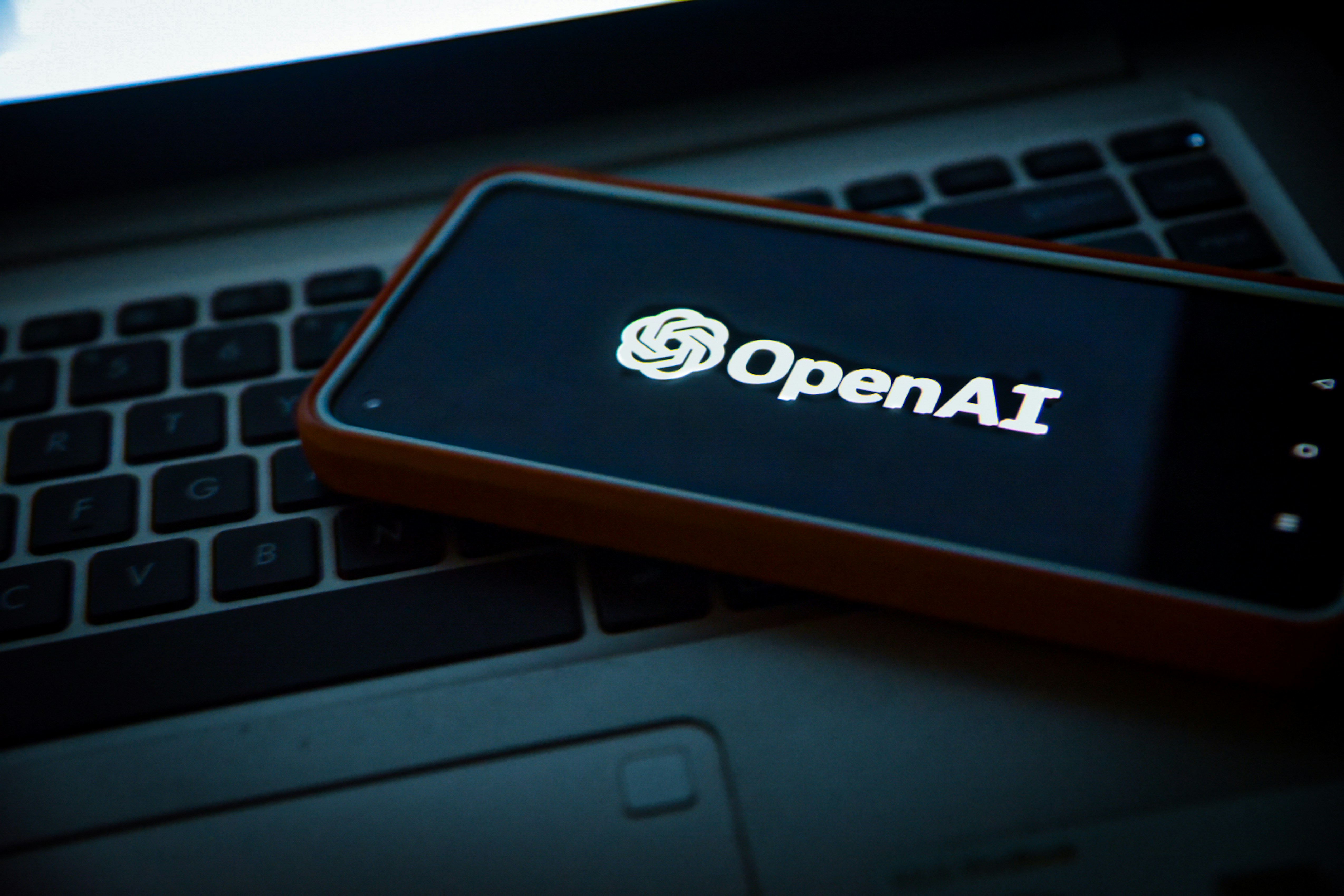ACM Advocates for Accessibility-Driven Tech Development
The Association for Computing Machinery calls for baseline standards to ensure technology development prioritizes accessibility.
Tuesday, May 6, 2025
The Association for Computing Machinery (ACM), the world’s largest professional computing society, has issued a landmark call for mandatory baseline accessibility standards in technology development, urging governments, corporations, and academia to prioritize inclusivity in digital products. This initiative, outlined in a comprehensive report titled “Accessibility by Design: A Framework for Ethical Tech,” seeks to dismantle barriers for the 1.3 billion people globally living with disabilities while fostering innovation through universal design principles. The move comes amid growing scrutiny of tech’s role in exacerbating inequality and marks a pivotal shift toward enforceable accountability in the industry.
The ACM’s Proposed Framework
Core Standards:
Universal Design Protocols: All software and hardware must integrate accessibility features at the foundational level, including screen reader compatibility, closed captioning, keyboard navigation, and adjustable contrast ratios.
Cognitive Accessibility: Tools must support neurodiverse users through customizable interfaces (e.g., reducing visual clutter, enabling text-to-speech for dyslexic users).
Interoperability: Mandate compatibility with assistive technologies like eye-tracking devices and switch controls.
Compliance Mechanisms:
Certification System: A global accreditation body would audit products against standards, awarding an “ACM Accessibility Seal” for compliance.
Legislative Advocacy: Push for laws requiring accessibility adherence in public procurement and corporate reporting (e.g., SEC filings).
Developer Education:
Curriculum reforms to embed accessibility training in computer science degrees.
Free certification courses for engineers via ACM’s online learning platform.
Why Now? The Catalysts for Change
Legal Precedents: Landmark lawsuits against companies like Domino’s (ADA violations) and Beyoncé’s Parkwood Entertainment (inaccessible website) have exposed legal risks.
Demographic Imperative: By 2050, 20% of the global population will be over 60, with age-related disabilities necessitating adaptive tech.
Tech’s Equity Gap: Only 10% of websites comply with WCAG 2.1 standards, per WebAIM’s 2023 analysis.
Case Studies: Successes and Failures
Microsoft’s Inclusive Design:
The Xbox Adaptive Controller, co-designed with gamers with limited mobility, boosted Microsoft’s revenue by $120 million and expanded its market reach.
Twitter’s Accessibility Backlash:
Elimination of alt-text teams in 2022 led to a 300% spike in user complaints, damaging brand trust.
Industry Reactions
Support: IBM and Adobe endorsed the framework, with IBM committing to retrain 10,000 developers in accessibility best practices by 2025.
Resistance: Startups cite cost concerns, though ACM estimates compliance adds just 4–6% to initial development budgets.
Neutral: Meta and Google called for “flexibility,” advocating phased implementation.
Challenges and Counterarguments
Innovation vs. Regulation: Critics argue rigid standards could stifle creativity, but ACM counters that constraints breed ingenuity (e.g., voice assistants emerged from accessibility research).
Global Fragmentation: Differing regional laws (e.g., EU’s EAA vs. U.S. ADA) complicate compliance. ACM proposes a UN-backed treaty to harmonize standards.
The Road Ahead
Policy Momentum: The U.S. Department of Justice is drafting rules aligning ADA Title III with ACM’s digital standards.
Tech’s Role: OpenAI and GitHub announced plans to embed accessibility checkers in AI coding tools like Copilot.
Consumer Power: Apps like AccessNow, which crowdsource accessibility ratings, are pressuring companies via public shaming.
Conclusion
The ACM’s bold stance redefines accessibility not as an afterthought but as a non-negotiable pillar of ethical tech. By bridging the gap between moral obligation and market incentive, this framework could catalyze a future where technology serves all—proving that inclusivity and innovation are not just compatible, but inseparable.




